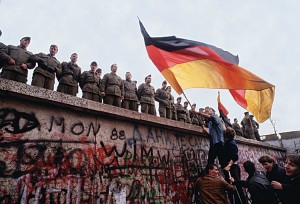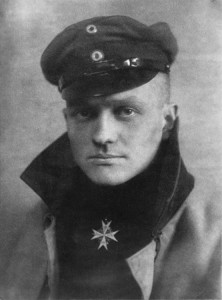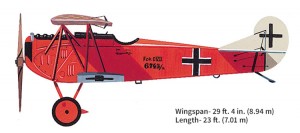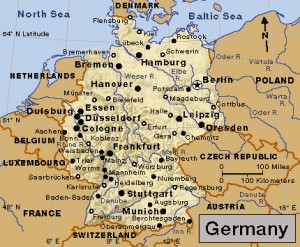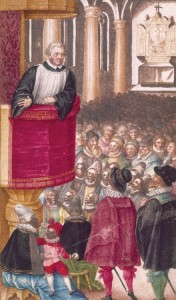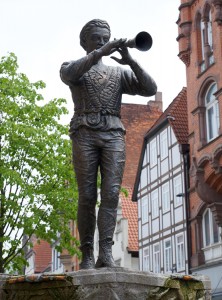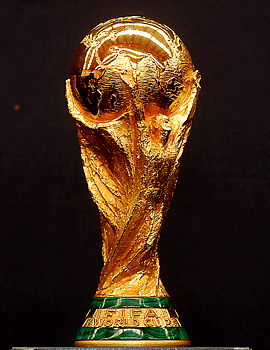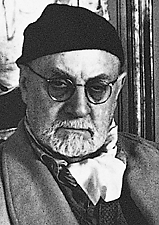National Ballroom Dancing Week
Monday, September 19th, 2022
The Brazilian samba, like a number of Latin American dances, combines African and European artistic influences. These dancers are performing the samba at a nightclub in Rio de Janeiro.
© Günter Gräfenhain, SIME/4Corners Images
It’s time to put on your dancing shoes because National Ballroom Dancing Week is here. From September 16th to the 25th, try out the following fun dance styles in your living room. There are 12 types of ballroom dance: 1) bolero, 2) cha-cha, 3) East Coast swing, 4) fox trot, 5) jive, 6) mambo, 7) paso double, 8) rumba, 9) samba, 10) tango, 11) Viennese waltz, and 12) waltz. Let’s look at a few of these.
Samba is a popular Afro-Brazilian style of music and dance. The term Afro-Brazilian is used to refer to Brazilians of largely African descent. Samba is best known for the central role it plays in the famous Carnival festival in Brazil. Samba music consists of layers of syncopated (irregularly accented) rhythms played in 2/4 or 4/4 time. Samba can be danced solo, in pairs, or in groups. It involves quick forward and backward steps. Dancers sway their hips while stepping and use various sweeping or energetic arm movements.
In Brazil, samba styles vary by region. For example, the samba de roda is a style performed in Brazil’s northern states. This style of samba usually involves women dancing in a circle. Samba-lenço is popular in Brazil’s central and southern states. Samba-lenço dancers hold a handkerchief while performing. Samba carnavalesca is the most internationally recognized style of samba. Dancers perform the samba carnavalesca each year during the Carnival festival.
Samba has its roots in the music and dance of the African nation of Angola. Scholars think the word samba comes from the Kimbundu word semba, which describes a belly-bumping dance move used in some styles of samba. Enslaved African people brought the music and dance style to Brazil. Around 1900, samba became associated with the Carnival celebration in Rio de Janeiro. Soon it became a symbol of national identity in Brazil.
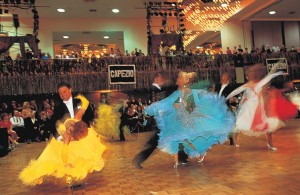
Ballroom dancing is a form of dancing for couples. Various ballroom dances originated in Europe, the United States, and Latin America. These dances then spread throughout the rest of the world as both a popular social activity and a competitive sport.
© Jeffrey Dunn, The Viesti Collection
Rumba, also spelled rhumba, is a Latin ballroom dance that originated in Africa and achieved its modern form in Cuba. Couples perform the rumba in 4/4 time with a quick-quick-slow rhythm. The rumba emphasizes a swaying hip motion that is achieved by taking small steps with the knees relaxed. Steps are typically performed in a square pattern. The rumba is most often accompanied by music with a repeated beat played on percussion instruments.
A version of the rumba was first introduced into the United States from Cuba about 1914. However, the dance’s exaggerated hip movements were considered too sexually suggestive and the dance did not gain acceptance. A more refined version was introduced about 1930. The dance maintained its popularity in the 1930′s and 1940′s, especially in England, where ballroom dance teachers standardized the figures and step rhythms. Rumbas also appear in music not intended for ballroom dancing, as in Darius Milhaud‘s ballet La creation du monde (1923).

Tango is the national dance and music of Argentina. These couples are dancing at a milonga in Plaza Dorrego, in the San Telmo neighborhood of Buenos Aires. Milongas are social events for dancing tango. They have their own special etiquette. For example, couples circulate around the dance floor in a counterclockwise direction.
© Jeff Greenberg, UIG/Getty Images
Tango was the first Latin American dance to gain great international popularity. The tango is a ballroom dance for a couple in slow 2/4 or 4/4 time. The dancers alternate long, slow steps with short, quick steps, sometimes making sudden turns and striking dramatic poses.
The tango was danced in the United States about 1912 by Vernon and Irene Castle, a famous ballroom dancing team. It also became popular in Paris and London. Today’s tango is related to an Argentine dance called the milonga, a Cuban dance called the habanera, and a tango from Spain‘s Andalusian region.
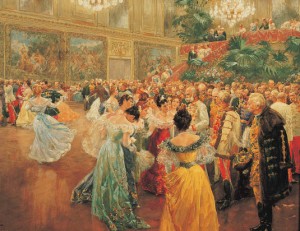
The waltz became the most fashionable social dance of the late 1800′s. It originated in Germany and Austria and soon spread to other countries. The waltz inspired some of the finest dance music of the period and also added beauty and elegence to many romantic ballets of the 1800′s.
Emperor Franz Joseph at a Ball in Vienna(about 1900), a gouache painting on canvas by Wilhelm Gause; Museum der Stadt, Vienna/ET Archive, London from Superstock
Waltz is a ballroom dance in 3/4 time characterized by its swift gliding turns. The dance was enormously popular throughout the 1800′s. The term waltz is also used for the music that accompanies this dance. The waltz has been danced in two distinct styles, the three-step and the two-step. In Europe, especially in Vienna, the dancers waltzed much faster than they waltzed in North America.
The waltz developed rapidly in the last years of the 1700′s. It emerged from a group of south German and Austrian dances involving the turning motion of the dancers in a close embrace position. The popularity of waltzes among young people led some authorities to outlaw the dance because it was thought to be immoral for couples to dance so closely.

